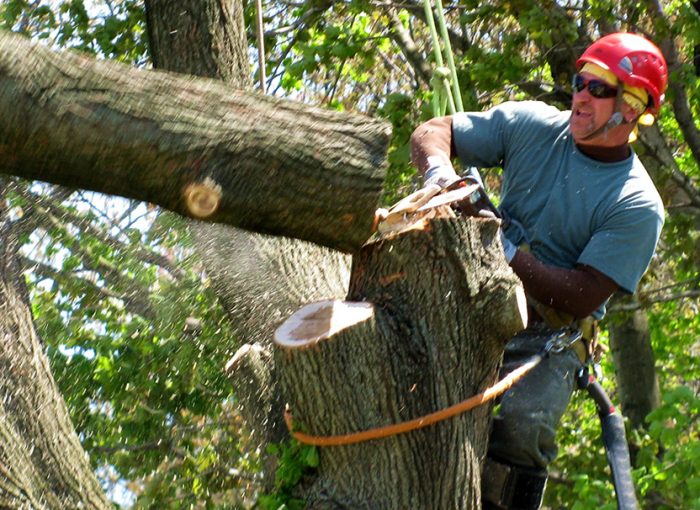Hiring a tree removal service requires careful planning and a dedicated team to get the job done properly. It is an extremely hazardous task, and you need to make sure you hire someone with experience. Before you hire a company, ask yourself a few questions, such as: Are they fully insured and have worker’s compensation? And what are their credentials and costs?
Questions to ask before hiring a tree removal service
When choosing a tree removal service, it is important to do your research. Ask for references and check online for reviews. These can provide invaluable insight into the quality of the work a company performs and its experience. You can find reviews on platforms such as Yelp, Google Maps, and Reddit. The more reviews you read, the more you’ll know whether this company is right for you.
If you’re considering hiring a tree removal service, it’s important to ask how much they charge and what the process involves. The price should be based on the type of job and how complex it is. If you don’t want to spend an exorbitant amount of money, make sure you negotiate with the company first.
You should also ask if the tree removal company is insured and licensed. This will give you peace of mind that the company is capable of taking on your project. Furthermore, ask if they have a portfolio of completed projects. Checking the portfolio and testimonials can give you a good idea of whether or not a tree removal service is right for your needs. Tree Lopping Logan Co has been offering tree service to Logan, Beenleigh, and Gold Coast locals trust, they will adhere to all your queries prior to hiring them.
Liability and worker’s compensation insurance
When you’re choosing a tree removal service, it’s important to check if it carries liability and worker’s compensation insurance. Not only does this help protect you as a customer, but it also protects the company in case of an accident or lawsuit. In fact, most states require tree services to carry these types of insurance before sending their employees out into the field.
Tree removal companies should be insured with comprehensive liability and worker’s compensation insurance. This is important because the costs of accidents can amount to thousands of dollars. Workers’ compensation insurance is an essential part of any business and should be tailored specifically for the industry. Tree service workers are at high risk for injuries and accidents, due to equipment and the hazards involved in tree removal.
While liability insurance covers the company’s equipment, worker’s compensation covers any injuries to workers while on the job site. A tree service needs this coverage because accidents are the most common claims for tree work. The insurance covers injuries that result from accidents on the property, including damages to property.

Credentials
If you have a tree in your yard, it’s important to hire a tree removal service that has the proper credentials. While the Better Business Bureau (BBB) isn’t as strong as it used to be, it’s still a good indicator of a reliable company. You should also check to see what the company’s rating is. If you see a poor rating, move on to another service.
A tree removal service must have a business license from your state. They should also have a contractor’s license. The license may be general or specific to tree removal, depending on state laws. Some states have a searchable database of tree services. This makes it easier to find the best tree service in your area.
When choosing a tree removal service, it is important to choose one that has a certified arborist on staff. A certified arborist will be able to identify and treat diseases and insects that may be affecting your trees. They should also have the right equipment for your tree’s removal needs.
Costs of hiring a tree removal service
The costs of hiring a tree removal service may vary greatly, depending on several factors. The type of tree and where it is located can affect the cost. Trees with thick trunks are more difficult to remove and can cost more than those with thinner trunks. Larger trees, including those with multiple trunks, may require special equipment and accommodations.
For large trees, permits may be required, and removing them may require multiple workers to complete the work. Additionally, you may also be charged for travel time. Some companies will also include log splitting in their pricing. This service can add an additional $100 to $150 to the final cost of the job.
The average cost to remove a tree is around $650, but this can be more expensive if the tree is very large. The cost of removing a tree depends on several factors, including the size of the tree, the type of tree, and whether it’s located on a home or a field. For example, a small tree less than 30 feet tall can cost between $250 and $300. A large tree, more than 60 feet tall, can cost upwards of $1,800.